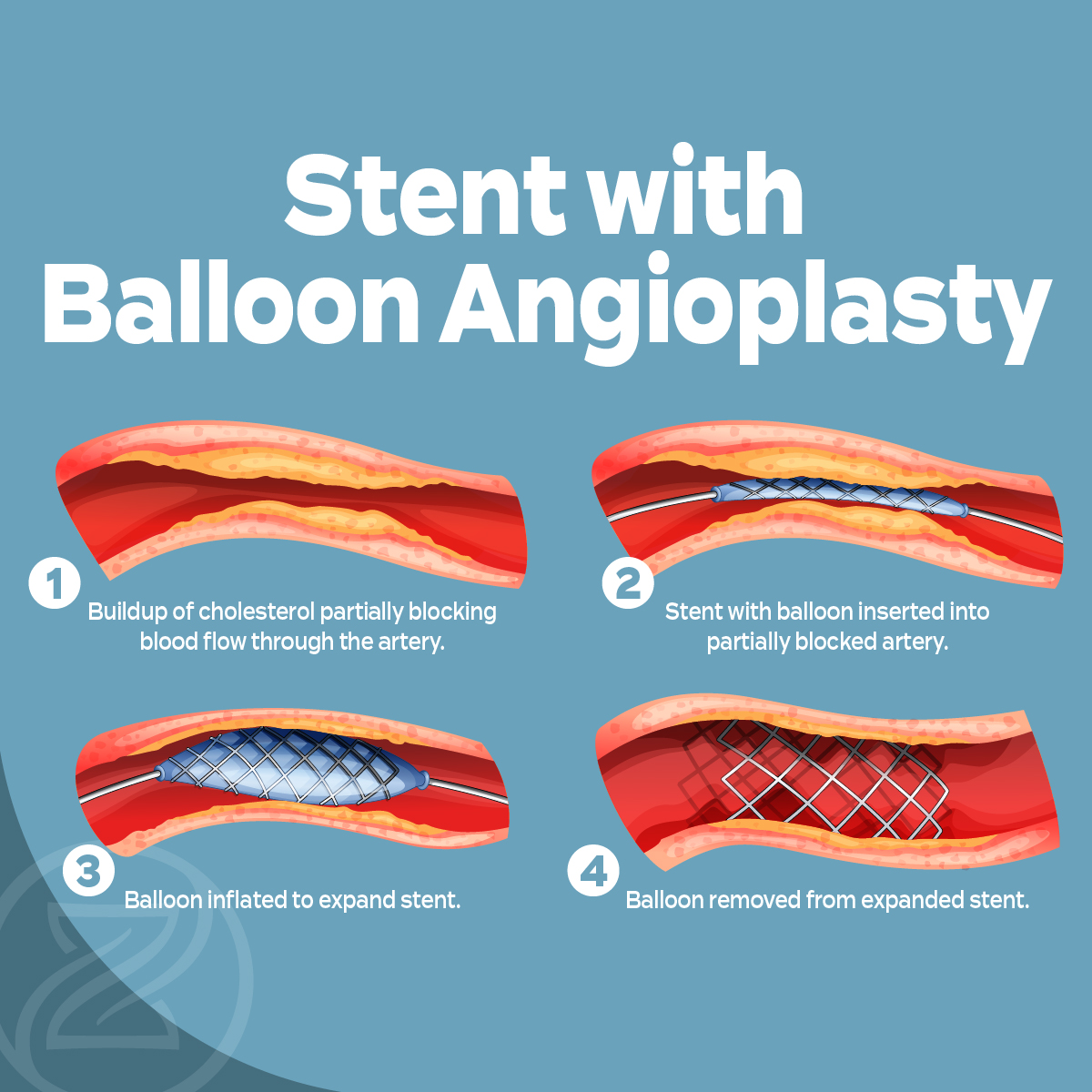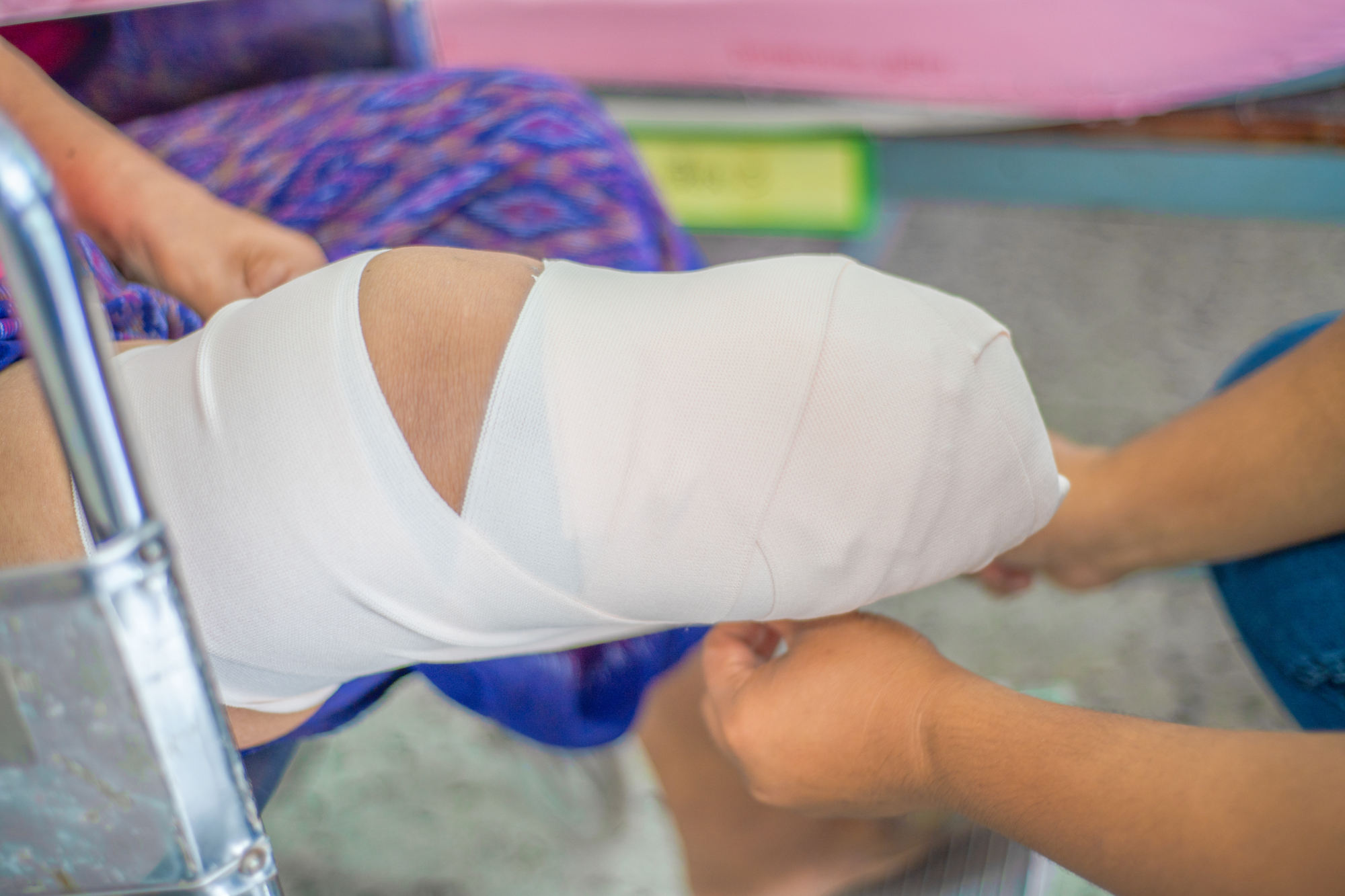Limb Salvage Program
Our limb salvage program is dedicated to prioritizing the preservation of limbs for individuals with vascular disorders, such as peripheral artery disease (PAD). Our experienced team of vascular surgeons specializes in advanced treatments aimed at saving legs and avoiding the need for amputation. We offer a range of interventions including compression therapy, angioplasty, and stenting. These procedures are designed to improve blood flow and restore functionality to affected limbs.
If you or a loved one is facing the challenges of PAD or any other vascular disorder, we encourage you to schedule an appointment with our skilled team in Memphis, TN or any of our other convenient locations. Our compassionate experts will work closely with you to develop a personalized treatment plan that best suits your needs and goals.
Dr. Jacqueline Majors
Director of Limb Salvage Program
Learn more about Dr. Majors
What is a limb Salvage Program?
A limb salvage program is a specialized medical approach aimed at preserving a patient’s limb when it is at risk of amputation due to severe vascular or orthopedic conditions. This program, often offered by hospitals or medical centers like those in Memphis, TN, focuses on utilizing advanced treatments and interventions to save the affected limb.
What are the benefits of Limb Salvation?
The benefits of limb salvage are numerous and significant. Firstly, it allows patients to maintain their quality of life by avoiding the physical and emotional challenges associated with amputation. By preserving the limb, individuals can continue to perform daily activities independently and participate in their favorite hobbies or sports.
Limb salvage programs employ various techniques such as compression therapy, angioplasty, stenting, and other minimally invasive procedures performed by skilled vascular surgeons. These interventions aim to restore blood flow to the affected area and promote healing while preventing further damage.
Am I a candidate for Limb Salvation?
If you are experiencing symptoms or have been diagnosed with a condition that puts your limb at risk, it is essential to consult with a healthcare professional specializing in limb preservation. They can evaluate your specific case and determine if you are a candidate for a limb salvage program. Seeking a second opinion from an expert in this field can provide valuable insights into potential treatment options tailored to your needs.
Angioplasty and Stenting
By performing angioplasty, the blocked or narrowed arteries can be widened, allowing improved blood flow to the affected limb. This can alleviate pain, promote wound healing, and potentially prevent the need for amputation.
This minimally invasive procedure involves inserting a balloon-tipped catheter into the affected artery to widen the narrowed or blocked area. A stent, a small mesh tube, may also be placed to help keep the artery open. Angioplasty and stenting is a widely used procedure to treat narrowed or blocked arteries. The goal of this minimally invasive technique is to improve blood flow by widening the affected artery.
During the procedure, a specially designed catheter with a balloon at its tip is inserted into the artery through a small incision. The catheter is carefully advanced to the narrowed or blocked area of the artery. Once in position, the balloon is inflated, which compresses any plaque buildup against the walls of the artery and widens it. In some cases, after angioplasty, a stent may also be placed in the treated area. The stent is a small mesh tube that acts as scaffolding to support and keep the artery open. It helps prevent re-narrowing or restenosis in that area by providing structural support.

Wound Care and Management
Vascular clinics may provide specialized wound care services for patients with non-healing wounds. This can involve debridement (removal of dead tissue), infection control, and advanced wound dressings to promote healing and prevent complications.

Endovascular Therapy
This approach involves using various techniques, such as angioplasty, stenting, atherectomy or thrombectomy, to remove plaque buildup or blood clots from the arteries. It can be performed using catheters and special tools, often without the need for open surgery. Endovascular therapy can potentially save a limb from amputation in certain cases and improve blood flow by opening blocked or narrowed blood vessels.
Compression Therapy
Compression therapy is commonly used to improve blood flow and reduce swelling in the lower limbs. It involves wearing specially designed compression stockings or bandages that apply gentle pressure to the affected area. It can play a supportive role in managing certain conditions and promoting wound healing. The use of specialized stockings or wraps, is commonly used to improve circulation and reduce swelling in conditions like venous insufficiency or lymphedema. By applying pressure to the affected limb, compression therapy can help prevent fluid buildup and improve blood flow. This can be beneficial in managing chronic wounds, reducing the risk of infection, and promoting healing.
Medications
Vascular clinics may prescribe medications to manage underlying conditions contributing to limb preservation, such as blood thinners to prevent clot formation or medications to control blood sugar levels in diabetic patients.
Lifestyle Modifications
Vascular clinics often emphasize the importance of lifestyle changes to support limb preservation. This may include adopting a healthier diet, regular exercise, smoking cessation, and proper foot care practices.
Patient Education and Self-Management
Vascular clinics play a crucial role in educating patients about their condition, treatment options, and self-care techniques. They may provide resources, support, and guidance on managing symptoms, preventing complications, and maintaining overall vascular health.

